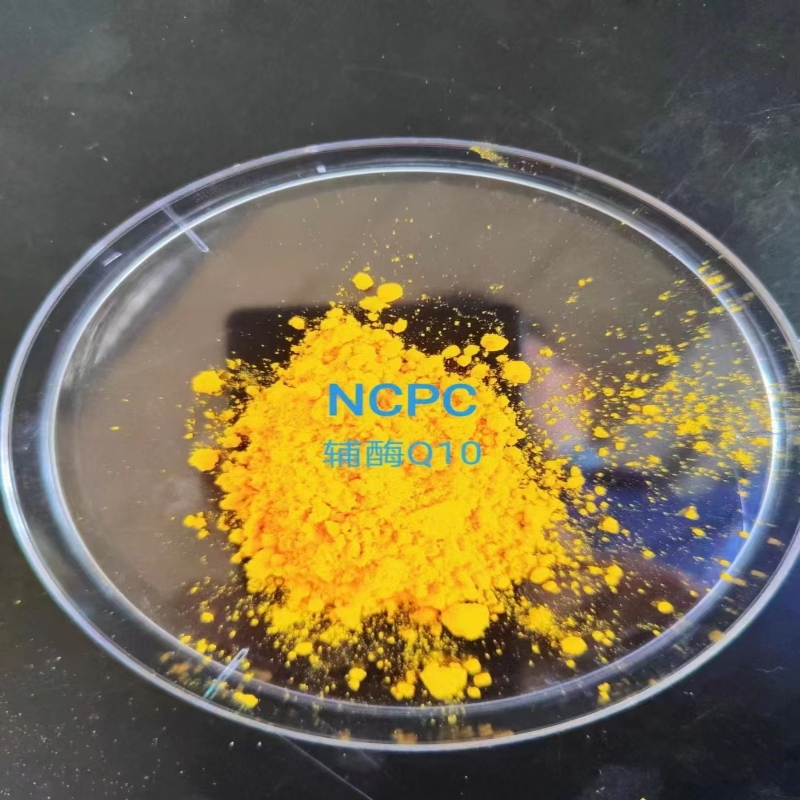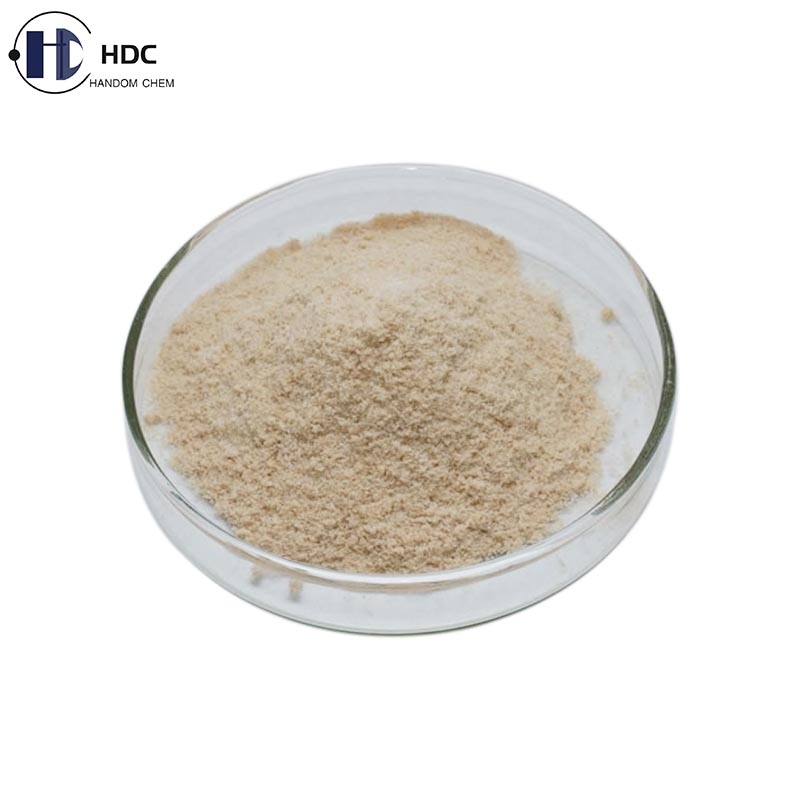The Renaissance of Ras research
-
Last Update: 2015-05-13
-
Source: Internet
-
Author: User
Search more information of high quality chemicals, good prices and reliable suppliers, visit
www.echemi.com
Researchers have been exploring for 30 years, but have not developed a drug to deal with the most lethal oncogenic protein family Now, some researchers are ready to show off again When Stephen fesik left the pharmaceutical industry to devote himself to the construction of academic drug research and development laboratories, he listed the five most important carcinogenic proteins widely known by the scientific community These proteins can promote tumor growth, but a lot of facts prove that they are the nightmare of drug developers: their surface is too smooth, their structure is too loose or complex, so it is difficult for ordinary drugs to combine with them and block their carcinogenic effect In the field of drug research and development, these proteins are called "unable to target with drugs" One of the most important "culprits" listed by fesik is the Ras protein family For more than 30 years, it has been known that mutations in Ras protein coding genes are one of the most powerful cancer drivers Researchers have found ras mutations in some highly invasive and lethal cancers, including 25% of lung cancer and about 90% of pancreatic cancer For some types of advanced cancer, the patients with ras mutation will die in the early stage of the course of disease, while the patients without ras mutation will die later Although researchers have studied RAS for decades, they still failed to develop a drug that can safely inhibit the activity of Ras The past failures have prompted researchers to stop working in the field and have forced pharmaceutical companies to abandon their proposed R & D plans But fesik lab at Vanderbilt University in Nashville, Tennessee, and a few other research teams are still focusing on ras protein They have improved research techniques and in-depth understanding of the mechanism of Ras protein The National Cancer Institute launched the RAS initiative last year, which will cost $10 million a year to find new ways to deal with RAS induced cancer Researchers are looking for special compounds that, after being modified, can eventually be developed into the first drug targeting Ras protein Researchers know that they still need to overcome many obstacles to succeed Wellspring Biosciences, headquartered in La Jolla, California, was founded in 2012 It aims to develop targeted drugs for Ras Troy Wilson, the company's president, said that RAS must be given great attention and its function cannot be underestimated It is one of the most important oncogenes in the process of tumor development Proponents of the re study of Ras point out that any sign of success can be used as a reference for us to know how to target other important proteins that are considered to be "drug-resistant" Channing der, a cancer researcher at the University of North Carolina at Chapel Hill, points out that people just assume that Ras protein is hard to target, but this does not mean that scientists should give up the research on RAS "Dogmatism is the target we should overcome." In 1982, the research team of Der, an unattainable research object, first pointed out that mutations in the Ras protein coding gene can lead to human tumorigenesis At that time, researchers were searching for oncogenes in the human genome - genes that can promote the occurrence of cancer, while the discovery of Der et al marked the peak of the research boom of oncogenes The researchers have previously only studied mutations in Ras protein coding genes in viruses and animal models This discovery lays the foundation for the main direction of modern cancer research: it emphasizes that researchers need to track gene mutations and find the molecular pathways that change It also ignites the hope that people can find cancer gene targeted drugs to cure certain types of tumors The researchers have been fruitful over the next few years It is becoming increasingly clear that humans can produce three highly similar Ras proteins that are activated when cells need to proliferate (for example, to replace damaged tissue) Ras protein is "on" stimulated by extracellular signals, and then binds to a molecule called GTP However, the oncogenic Ras protein could not be "shut down" and could not deal with GTP correctly Therefore, it seems reasonable to look for drugs that can interfere with GTP binding in order to block the carcinogenesis of mutant Ras However, with more and more understanding of the biochemical process of RAS, more and more researchers are pessimistic about Ras research The researchers finally proved that the Ras protein family has a very high affinity for GTP, so it seems impossible to find a second compound that can block GTP binding Ras protein can also interact with other proteins to promote the occurrence of cancer, but protein protein interaction generally occurs on the cell surface, and the small molecule drugs that can enter the cell interior are often too small to "block" the broad cell surface (antibodies are very effective drugs because they can "block" large surface areas of target cells, but most antibodies cannot penetrate the cell membrane.) The structure of Ras protein has aroused people's concern for various reasons By looking at the shape of proteins, drug developers can often estimate how likely they are to find compounds that bind to key parts of the protein They want to see a protein with a deep pocket structure, because the drug can slide into the deep pocket structure of the protein, and combine with multiple contact points, so as to play a role However, the surface of Ras protein is relatively smooth Twenty years ago, researchers thought they had solved the problem successfully In order to perform its biological function, ras protein often needs to use a fatty acid tail to tightly grasp the inner side of cell membrane This tail is added by farnesyl transferase, which is more suitable to be the target of drugs than Ras protein So people came up with the idea of inhibiting the activity of Ras by looking for some drugs that can inhibit the activity of farnesyltransferase At first, the idea seemed to be a successful treatment strategy Farnesyl transferase inhibitors do inhibit the proliferation of mouse cells and human cancer cells In the early 21st century, at least six pharmaceutical companies competed to market such drugs Herbert Waldmann, a chemist at the Max Planck Institute of molecular physiology in Dortmund, Germany, points out that many pharmaceutical companies have abandoned other Ras research projects because they think the RAS problem has been solved He said the entire pharmaceutical industry took a deep breath and waited quietly for the miracle to happen However, the waiting of the pharmaceutical industry ended in failure, which became one of the most disappointing moments in the history of pharmacy In human clinical trials, one by one, faniki transferase inhibitors failed Der, who was still working on ras research at the time, said it taught him and everyone else an important lesson about the biological mechanism of Ras Three types of human Ras proteins have almost the same molecular structure and amino acid sequence The researchers assumed that their functions were the same Most Ras protein research tools (including cultured cells, transgenic mice and antibodies) are developed with H-ras as a template, because compared with other types of Ras proteins, researchers can test H-ras more easily Dere points out that everyone, including him, thinks that since we only need to fully understand H-ras to succeed, why study the other two Ras proteins? Unfortunately, they spend a lot of money on this wrong idea It has been proved that the other two types of human Ras proteins (K-ras and N-ras) play a more important role in the pathogenesis of tumor, and the cells themselves have a set of appropriate emergency measures to maintain normal operation When cells lack a faniki tail, another enzyme can add a different fatty acid tail to Ras protein, which makes the experimental drugs have no therapeutic effect The failure of the farnesyl transferase inhibitor hit the RAS research field hard; it took a long time for the researchers to be willing to re study the Ras protein But about a decade later, the RAS research boom began to return All of a sudden, Waldmann points out, people turn around and say, "Hey, RAS is still one of the most important targets in tumor development No one has done anything in Ras research for ten years Let's study it " This time, researchers have taken a new approach: looking for weaknesses in Ras induced tumors One of the weaknesses of these tumors is "synthetic lethality." In order to survive, tumor cells usually depend on other molecular pathways when Ras protein is under overload If these molecular pathways are blocked, they may not affect the function of normal cells, but they can kill tumor cells caused by Ras So many laboratories began to screen to see which genes can be combined with mutated Ras coding genes to cause synthetic death They believed that by targeting these genes, tumor cells can be killed without affecting the function of normal cells As a result, the researchers published a large number of articles and reported a series of possible new targets Then they published a large number of articles, pointing out that the results of synthetic lethal research can not be reproduced William sellers, global head of oncology at Novartis, reported at a meeting last October that his team had tried to reproduce the most important published Ras synthetic lethal results, but failed Francis London? Julian downward, a cancer researcher at the Francis Crick Institute, points out that the results of the RAS synthetic lethality experiment can easily change as the experimental conditions (such as the cell type used or specific screening conditions) change Researchers are still sifting through the results to find targets to block Ras's carcinogenesis, but downward doubts that their efforts will bear fruit He says everyone seems to have found some different co genes from these experiments Downward suspects that none of these genes will be the most effective drug targets According to the structure of Ras protein, the research method to customize the matching compound to synthesize lethal is disappointing With this lingering sense of disappointment, some researchers hope to target Ras protein directly (see "attacking Ras") Columbia University
This article is an English version of an article which is originally in the Chinese language on echemi.com and is provided for information purposes only.
This website makes no representation or warranty of any kind, either expressed or implied, as to the accuracy, completeness ownership or reliability of
the article or any translations thereof. If you have any concerns or complaints relating to the article, please send an email, providing a detailed
description of the concern or complaint, to
service@echemi.com. A staff member will contact you within 5 working days. Once verified, infringing content
will be removed immediately.







